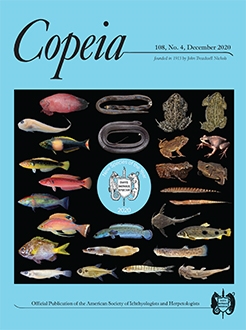
A Spatiotemporal Assessment of Dietary Partitioning between Color Morphs of a Terrestrial Salamander
Molecular Phylogenetics of the Clingfishes (Teleostei: Gobiesocidae)—Implications for Classification
